|
It was a particularly humbling bout of menstrual cramps that first inspired me to go vegan. It was a few months after the 2016 Presidential election, and despite living a life of physical activity and perceived dietary moderation, I was gaining weight, and was more depressed than I'd ever been. That month, when my period arrived, it was nothing short of horrific. I've had terrible menstrual cramps and a multitude of accompanying symptoms for as long as I've been menstruating. I've been in and out of doctor's offices, and I've tried a number of supposed solutions that just didn't work on me. After jumping on a sustained fitness regimen a couple years ago, my period did begin to improve, which is why I was shocked when, shortly after the election, my period began to get worse. I felt absolutely defeated, like no matter what I tried, I was destined for a life of misery. Some of you reading can relate to what I'm about to illustrate, but others are skeptical and wondering if this is all hyperbole. I've heard plenty of men and women alike express sentiments that seek to downplay and minimize just how horrible of an experience menstruation can be for some of us. However, it's a serious and costly medical issue that greatly impacts the livelihoods and well-being of women around the globe. This is my personal experience, and I'm being open in hopes of reaching those who have had to endure the same struggle. Whenever I read a list of common period symptoms I laugh, because I've had them all. Debilitating pain that radiated down into my thighs, pounding headaches, back aches, diarrhea, appetite-zapping nausea, acne, bloating, up to ten lbs of water retention, irritability, anxiety, deep depression that would begin an entire week beforehand, heavy bleeding that made me run through pads like crazy, and clots that would make me beg for mercy. I'd gotten used to the episodes of sitting on the toilet for well over an hour, quite literally wishing for death, because it felt like the only thing that could save me in the moment. After it all finally passed, I would retreat to my bed and stay there for a couple hours until my body led me right back to the bathroom. I lost count of how many doctors I've visited over the years. The diagnosis was always "dysmenorrhea", but the prescription would vary. Sometimes it was for stronger painkillers, sometimes it was birth control. I attempted birth control on three separate occasions and all three times were nothing short of a hot mess. The first time, after a couple weeks of not feeling quite right, I received a call from my doctor informing me that my blood test results revealed that my liver enzymes were through the roof, and that I should stop the pills until we could figure out what was going on. By the time I was able to get back on the pills, I had a whole new doctor with a whole new approach. She suggested that I skip the week of placebo pills that come with every pack so that I would only bleed every three months or so. I was elated. No period for three months? Four periods a year? It sounded like heaven, so of course I tried it. Except, when I finally allowed my body to bleed, I bled for about two weeks straight. At that point, I felt so defeated that I gave up altogether, or so I thought. My period continued to be hell, and a couple years later, I found myself back in the doctor's office, ready to give birth control another try. After a very short and concerning visit where the doctor was rushing out to another engagement (she didn't even look at my medical history, she just wrote a prescription), I was back on the pills. Once again, the pills didn't help my period, and to make matters worse, they made me feel completely numb. I couldn't feel any emotions other than numbness and depression. It was bad enough that I had already struggled with depression, but these pills made me feel like a shell of myself. I was existing, but I wasn't all there. Eventually, I decided to stop them. Funny enough, the physical pain wasn't the worst thing about my period. Don't get me wrong, the pain was nothing short of breathtaking. I popped OTC pain pills like candy (which made me nervous - what were they doing to my body?), and they often didn't work. Because of this, I developed a tolerance to pain that I began to wear as a badge of honor. It was the impact on my self-esteem, however, that really fucked me up. I felt like a deficient human being. How can I work, how can I be a productive member of society if I can't go a month without being bedridden for several days? My attendance throughout high school wasn't great. In college, every semester I exceeded my allotted absences for all of my classes, forcing me to go to the doctor just to get a note. Up until I got a job where I could work from home, I would miss days of work, meaning I was losing money. More painful though, was missing countless birthday celebrations for people I loved dearly. Even though they understood, I never shook the feeling of guilt that would overwhelm me whenever I couldn't be there. I tried everything. When the medical establishment didn't come through, I tried all the alternative, natural solutions that I had access to. Nothing seemed to work. So honestly, I wasn't expecting much when I decided to go vegan, but I felt like I had nothing to lose. I was concerned that my monthly pain was a signal that things could only get worse for me. Being a Black woman with a family history of uterine fibroids, breast cancer, and other hormone-related illnesses, I worried that I was destined for the same fate. I knew my hormones were way out of whack, I knew my body was inflamed, and I knew that something had to give. I was also just so damn tired. I couldn't imagine continuing to live this way for several more decades. Something had to change, so I changed myself. Considering the research regarding PMS and inflammation, research regarding the relationship between meat and dairy consumption and inflammation, as well as research surrounding estrogen consumed from meat and dairy, I decided to try a plant-based diet. After all, what did I have to lose? Literally two weeks after removing meat from my diet (dairy had removed itself many months before; my body couldn't handle it), I had what was, up until then, the best period of my life. The month before that, I was maxing out on ibuprofen, but a couple weeks after going vegan, I didn't have to take a single pain pill. I was floored. It wasn't completely pain-free, but it was such a drastic improvement on what I'd gotten used to that I was more annoyed than pained. But even more shocking was, every single month since then, my period has gotten better. My flow is now lighter (both in amount & hue - it's brighter!), my period is shorter, and my cramps are damn near non-existent. I would call it a miracle if I didn't know just how much work went into getting to this point. Understand, I didn't just "go vegan". I was particularly careful to ensure that I was eating a whole foods, plant-based diet. I've also incorporated foods that help to balance my hormones, reduce my overall inflammation, and nourish my body with vital nutrients & minerals. I realize now that the foods I grew up eating had put my body in such an unhealthy state that the only way I could get better was by being vigilant about exactly what I put in body. I had to take steps that I was honestly unwilling to take before. In addition to removing meat, dairy and eggs from my diet completely, I rarely eat fried food anymore. I eat tons of fruits and vegetables, and I increase my fruit intake right before my period. I keep processed food to a minimum - they're convenient in a pinch, but they tend to be full of additives that aren't good for you. I also recently removed alcohol from my diet, because honestly, it wasn't doing me any good. Consistent physical activity is also important. My current regimen has me working out 5-6 days a week, but even 3 days a week of moderate to vigorous exercise can help. The short amount of time in which my body responded and the continued improvements in the months after have made me a believer. You can find lots of articles and documentaries about the links between animal-based foods and major illnesses such as diabetes, heart disease and cancer, but a lack of scientific attention to menstrual issues means there aren't very many studies about the connection between diet and feminine health. I'm writing this to add to the growing anecdotal evidence that shows that what you put in your body is directly related to the pain and other horrific symptoms that come every month. My quality of life is the best that it's ever been, and the confidence and self-esteem boost that comes with knowing that I'm in control of my body rather than my body being in control of me is absolutely priceless. My Personal Go-To Menstruation Staples Here are some staples that I include in my diet to help with my menstruation issues. I suggest doing your own research before incorporating anything new or unfamiliar into your diet. It took a lot of trial & error to come to a set of staples that work for me. Including most of these in a daily smoothie makes it easy to incorporate them all into my diet.
There are many other foods and herbs that are reported to work that may be more accessible or preferable to you. Keep in mind that your experience may not be the same as mine. Depending on the state of your body, the response might be immediate or it may take a few months. Give yourself time and be patient with your body. It's worth it in the end. Authors Note: This post originally appeared on my blog Black Vegan Diaries in 2017. Some updates have been made to reflect my current regimen.
0 Comments
When you decided that it was time to lose weight, you probably relied heavily on cardio. Maybe you went to the gym and jumped on a stationary bike or elliptical machine. Perhaps you attempted to take up running but found that the aches and pains were too much to bear. Maybe you've even begun losing weight, but now you seem to be hitting a plateau or, worse, gaining back the weight. You're still putting in the effort, but you're not seeing the results you were looking for. If this sounds like you, then you're not alone. Hundreds of people follow this same path each year, putting in work only to hit a plateau and then eventually regaining all the lost weight. So what could be going wrong? People often make the mistake of thinking that overweight people are simply lazy and unmotivated, but there are plenty who are getting up each day and earnestly putting in the work. They're watching what they eat and going to the gym several times a week but still aren't seeing the results they wanted to. The problem is that many people are not following the correct equation for long-term weight loss success. They're trying their best, but they're missing a crucial component of the process. Sustainable weight loss, the holy grail of weight loss, requires more than just cardio. Studies have found that combining cardiovascular exercise with resistance training (a.k.a. weight or strength training) is the key to losing excess fat and keeping it off. One recent study found that even after three years after the initial weight loss intervention, the group that performed both resistance training and high-intensity cardio intervals had been able to keep the fat off while the cardio-only and control groups did not. Combining cardio intervals with resistance training changed the participants' overall body composition, improving the hip-to-waist ratio and burning fat while preserving lean muscle. The Problem With Too Much Cardio Don't get me wrong. You can absolutely lose weight by doing a lot of cardio, especially if it's in the form of high-intensity interval training. The problem, however, is that you aren't just losing fat. Yes, the number on the scale is going down, but you're also losing muscle. Losing muscle is counter-productive in the long run because muscle mass is crucial for maintaining weight loss. Muscle mass increases your body's overall metabolic rate, allowing you to burn more calories while at rest. If you lose too much muscle, your metabolism may slow down, making it harder to lose weight as time passes. When combined with the fact that most people eventually start eating more than they did during the initial weight loss phase, most people end up falling down a slippery slope towards gaining the weight back. Your body is also more likely to gain weight if you were previously overweight or obese. As Dr. Michael Greger explains in his book How Not To Diet,
Building and preserving muscle mass can help offset this predisposition for your fat cells to return to their enlarged state. Adding weight training to your fitness routine and consuming a nutrient-dense diet can help prevent muscle loss while allowing you to shed excess fat. Weight Training Is For Everybody While Instagram and other forms of social media are starting to highlight more unconventional lifters, weight training still carries this stereotype that's only for men. But like most stereotypes, it doesn't reflect the truth. Maintaining optimal health requires your muscles to be exercised. Exercising your muscles doesn't mean that you have to become a bodybuilder. But everyone, from children to the elderly, should be moving in ways that get the muscles pumping. Having lean muscle mass is vital for:
Resistance training is essential even if you aren't trying to lose weight. But sacrificing muscle to lose weight is also a surefire way to bring you further away from your weight loss goals and away from optimal health in general. Don't Neglect Your Diet. Even a well-planned cardio + resistance training regimen can't fight against a poor diet. If you're eating a Standard American Diet, it's going to be very difficult to lose weight, and even if you do, you're likely to gain it back along with some pretty undesirable health outcomes. Even modest changes to your diet can make a massive difference to your weight loss success. A whole-food, plant-based diet can help you lose weight while also improving your health by boosting your nutrient intake. You know it's time. You've been steadily gaining weight over the years, and it's really starting to become a burden. You can't get into your jeans without doing the wiggle-jiggle dance. You're exhausted all the time and out of breath more often than you'd like to admit. Your cholesterol, blood sugar, and blood pressure are climbing. You know you need to change, but you're struggling, and you're scared you'll end up on six different medications like your grandmother. Still, you just can't seem to make healthy habits stick. Sound familiar? I know this dilemma very well. Back in college, as I was gaining more weight than ever before, I felt horrible, and I knew I needed to change. So I tried to develop healthy habits. I went to the gym a couple times per week for cardio and tried to eat salads for lunch. But even that became difficult to sustain. I was stressed out with a heavy courseload and spent late nights writing papers, which meant late-night meals. The only food available during those hours was the deep-fried and delectable kind. Plus, I was a major stress eater. And while I tried to fit exercise into my schedule, class assignments and other responsibilities would get in the way. Inevitably, I had to make a decision about what to prioritize. Of course, my education won out. I wasn't simply lazy or unmotivated, and neither are you. I was merely trying to navigate a hectic life and survive each day. Adopting healthy habits can be challenging, especially when you have so many other responsibilities getting in the way. You're trying, yet you feel like a failure, but this is the furthest thing from the truth. You aren't a failure; you're simply human. Creating new habits and adopting a healthy lifestyle change is neurological. Changes also need to happen in your brain to successfully change your behavior. It's known as neuroplasticity. Your brain is constantly evolving in response to your experiences. When your brain encounters something new, it begins mapping out that new thing, creating new connections between brain cells (neurons). However, this process takes time when it comes to building healthy habits. For a new behavior to become second-hand, the connections between neurons must be strengthened repeatedly. Over time, this ingrains a map in your brain that translates into a consistent habit. This is why you struggle to pick up a new habit when you first try. You have to perform the task consistently to etch the pattern in your brain. This is how learning happens. You can have the best intentions for yourself, but your brain still needs to get on board. You're also struggling against the fact that your unhealthy habits are already deeply ingrained. Do you remember the first time you decided to have your regular afternoon chocolate bar? Probably not. But you've done it enough times for it to become second nature to you. You do it without even thinking because you've created and constantly reinforced this pattern in your brain. All of the little habits that you do regularly, both the unhealthy and healthy ones, may come naturally to you now, but these are things that you once had to learn. Think about the struggles of potty training a child, for example - it's always a battle at first! Eventually, though, it becomes a habit. No effort, no need to seek motivation from the depths of your soul. You just do it. Adopting healthy lifestyle habits requires the same effort. If you aren't accustomed to eating vegetables with your meals, it isn't going to come to you overnight. You're going to do it a couple of times, forget a few days in a row, become too busy to head to the supermarket, and fall right back into your old habits. And that's just fine! Be compassionate with yourself and understand that what you're going through is a process. This process is not meant to be linear. You aren't a failure; you're simply human. Developing strategies for jumping back on the wagon helps keep you consistent long enough to cement those new neuronal connections in your brain. But you can't let a misstep or two make you give up entirely. You're training your brain, so you have to keep trying again and again until your brain gets the message. Eventually, you'll be eating vegetables with every meal without thinking twice.
In his fantastic book Atomic Habits, author James Clear provides some valuable tips for developing habits that stick. One of my favorite tools is habit stacking. Habit stacking involves tying the habit you're trying to create to a habit you've already mastered. For example, let's say you're trying to do ten push-ups every day. If you set the goal "I will do ten push-ups right before I brush my teeth in the morning," you've combined a new habit with an old one, making it more likely that it will stick. You aren't going to be perfect, so don't try to be. Try to be consistent, instead. Most importantly, do not beat yourself up whenever you slip up. Don't allow a misstep to make you feel like you're simply a failure. You're still in control. Just keep taking steps forward, and eventually, your brain will catch up. Transitioning to a vegan, plant-based diet was hands-down one of the best decisions I have ever made. I did not truly understand the connection between the food I ate and how it affected my body until I removed meat and dairy from my diet entirely and started adding in a variety of nutrient-dense plant foods. My energy levels increased, and my post-workout recovery time decreased. My menstrual cycle, which had always been heavy and painful, shortened and improved tremendously. My stomach, which ailed me constantly since childhood, seemed to strengthen as the aching reduced and bowel movements normalized. These are just a few of the many benefits I've personally experienced from consuming a plant-based diet. Over the years, I've heard and witnessed countless testimonies of near-miraculous transformations from people who have ditched the Standard American Diet (SAD) in favor of a healthier way of eating. The best part is that there's nothing mystical about the transformational potential of plant-based eating; it's all backed by science. What is a plant-based diet? "Plant-based" is an umbrella term encompassing several dietary patterns that heavily (or entirely) rely on plant foods. 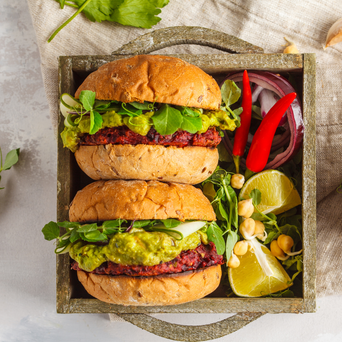
Each of these diets incorporates varying amounts of animal products, but plant foods serve as the foundation of the diet. As a general rule of thumb, the closer you get to a diet based on primarily whole, plant-based foods, the more health benefits you'll reap. What are the health benefits of a plant-based diet? Studies have shown that fruit and vegetable consumption is linked to a reduced risk of cancer, heart disease, and all-cause mortality. (Source) The converse is also true: not eating enough fruits and vegetables increases your risk of developing and dying from certain chronic diseases.
Eating a diet rich in a variety of fruits, vegetables, whole grains, legumes, mushrooms, nuts, and seeds has been proven to:
This is just the tip of the iceberg of what a diet rich in whole, unprocessed plant foods can do for our health. More studies are being conducted on the benefits of plant-based diets for numerous additional chronic health conditions. Why are plant-based diets so beneficial?
Plant foods are jam-packed with nutrients, vitamins, and minerals that our bodies need to function optimally. Plants also exclusively contain fiber and disease-fighting phytonutrients that cannot be found in meat or processed junk food. As a matter of fact, "plant-based" diets that include heavy amounts of processed junk foods can be detrimental to health as many of the nutritional components have been stripped from the food during processing. They also contain many unwanted ingredients like excess saturated fat, sodium, and refined sugars. On the other hand, food in its most natural, whole form provides the body what it needs to protect against disease. Going plant-based can be a massively rewarding journey as you explore a variety of new foods while also seeing significant improvements in health. If you've been thinking that it's time for you to pay more attention to how you eat, then start piling on the plants! To some extent, we all care about how we look. Fitness companies and influencers take advantage of this and use ripped abs and big booties to entice us into buying their products. But exercise is about so much more about achieving a so-called perfect body. Our bodies need movement to remain healthy, but today's sedentary lifestyles leave most of us chained to our desks all day long. As a result, too many of us are missing out on the myriad benefits of exercise. While you may think that exercising is simply about losing weight or building muscle, there are plenty of reasons to exercise that have nothing to do with how you look and everything to do with how you feel in your day-to-day life 1. A Natural Energy Boost Are you useless without your morning coffee? Are you always dozing off at your computer in the early afternoon? Do you find yourself obsessively reaching for a Red Bull? Then you need more exercise! Following a regular exercise regimen has been shown to increase energy levels and reduce fatigue even better than stimulant medications. Sometimes there are medical conditions that are at the root of fatigue. The good news is that research has found that even people with chronic fatigue can gain energy from exercise. Save that Starbucks money and start jumping some rope. (WebMD) 2. Improved Endurance How far can you walk before you start feeling exhausted? If walking for an hour sounds like hell on Earth, then you may want to start working on that endurance. On a cardiovascular level, improved endurance means an improvement in your heart and lungs' ability to provide oxygen to the rest of your body. Muscular endurance allows your muscles to perform work without fatigue, which is particularly helpful if your career or lifestyle requires repetitive physical labor. (Healthline) 3. More Stamina Maybe you don't work at a desk. Perhaps you move quite a bit all day long, but you still feel like you're dragging and you're exhausted by the end of the day. Or maybe you love spending time playing with your grandchildren, but you struggle to keep up. In short, you can endure, but your stamina could use some work. Regular exercise also improves how energetic you feel when performing an activity for a long time. While better endurance means your body can physically sustain activity, better stamina means that you can endure the exercise with an increased level of liveliness and energy. So when your beloved dog or energetic kids or grandkids want to run around for hours on end, you can keep up without tapping out too early. (Healthline) 4. Stronger Muscles Strong muscles aren't just for bodybuilders; they're for everybody. The strength of your muscles can mean the difference between effortlessly picking up a heavy package or needing someone else to do it for you. With regular resistance training, you can strengthen your ability to perform everyday tasks. Regular weight-bearing exercise places stress on the muscles, forcing them to change. Muscle cells grow, and the neural connection between your muscles and nerves becomes activated. (Scientific American) Consistently getting up and getting your workout in is a guaranteed way to improve your overall muscular strength, making it easier to perform everyday tasks while also fortifying yourself against injury and illness. 5. Stronger Bones Bones, like muscles, are living tissue that also responds to the good stress of exercise. Working out can help build up bone density which becomes increasingly crucial as we grow older. Inactivity is a critical risk factor for conditions such as osteoporosis, which leaves older individuals vulnerable to breaks and fractures. (American Academy of Orthopedic Surgeons) Being older is often used as an excuse not to exercise, but it's clear that it's the perfect excuse to do so. 6. Breathe Better You know that feeling you get after walking several flights of stairs? Your breathing is heavy and intense, and you might even struggle to catch your breath. Well, it turns out that your leg muscles aren't the only things getting a workout on those stairs. When you're huffing and puffing, you're also exercising the muscles that your body uses for breathing. Engaging in physical activity makes your lung and heart muscles stronger while improving your body's ability to carry oxygen through the bloodstream. It also helps strengthen the diaphragm, intercostal muscles, and muscles in the neck involved in the breathing process. (The Lung Association) Keep taking the stairs, and over time, you'll seamlessly reach the top - without losing your breath. 7. A Good Night's Sleep If you find yourself tossing and turning every night, exercising more regularly can help. Researchers have found that exercise can improve sleep quality while also allowing you to fall asleep more quickly. If you have trouble falling asleep at night, regularly incorporating at least 30 minutes of moderate-intensity exercise may help to decrease your insomnia. (Johns Hopkins Medicine) 8. Clearer Thinking That fresh, focused feeling that I get after exercise is why I love getting a workout in before tackling any mentally-taxing tasks. I think more clearly, and the thoughts seem to flow uninhibited - and research backs up my experience. Exercising has been found to improve memory and thinking skills in several ways. It promotes the growth of new blood vessels in the brain while also increasing the volume of parts of the brain that directly control thinking and memory. Reduced stress and anxiety and improved sleep from exercise can also help with cognitive function. (Harvard)  9. Reduced Risk of Cardiovascular Disease Getting the heart pumping keeps it healthy and strong. Physically active people have a lower risk of developing heart disease, and if they do, it happens later in life and with decreased severity. Regular exercise benefits all cardiovascular risk factors, including reducing excess weight, reducing high blood pressure, reducing high cholesterol, and reducing insulin resistance. (American Heart Association) 10. Prevent or Manage Type 2 Diabetes Insulin is the key that gives access to your cells, allowing glucose (which is fuel) to enter. With type 2 diabetes, insulin struggles to allow glucose to enter into the cells where it's needed. As a result, excess glucose remains in the bloodstream, shooting your blood sugar sky high. However, insulin sensitivity increases when you exercise, allowing your muscle cells to more efficiently use up the excess glucose hanging around in your bloodstream. Over time, this can help prevent the development of type 2 diabetes or better manage diabetes if you already have it. (American Diabetes Association) 11. Prevent or Manage Cancer Studies have found evidence of a link between higher physical activity levels and a lower risk of bladder cancer, breast cancer, colon cancer, endometrial cancer, esophageal cancer, renal cell kidney cancer, and stomach cancer. Exercise has a wide range of beneficial effects on the body, such as reduced inflammation, improved hormone balance, improved immune function, and many other factors that can help prevent or manage diseases. (American Cancer Association) Whether you're worried because a specific type of cancer runs in your family, trying to manage cancer you already have, or trying to maintain a healthy lifestyle once you're in remission, regular exercise is the way to go. 12. A Natural Painkiller That runner's high can be a delicious feeling. It feels like your body's reward for a job well done. Also known as exercise-induced hypoalgesia, runner's high can significantly decrease pain due to the release of endorphins, those "feel good" brain chemicals that help promote a sense of well-being. Even for chronic pain conditions, moderate-intensity cardiovascular exercise and strength training exercises can both be particularly beneficial for making your body more resilient to pain. (Practical Pain Management) 13. Improved Mood
Those feel-good, pain-numbing endorphins floating around can put you in a better mood, and if you find that you struggle with your mood often, then regular exercise may be the antidote. Research has found that the more physically active you are, the lower your likelihood of becoming depressed. (Harvard) Getting exercise is an effective mood booster even in cases of long-term depression. Research has also found that regular exercise can help with anxiety by helping to regulate the body's fight-or-flight response. (American Psychological Association) 14. Less PMS Irritability. Depression. Cramps. Fatigue. PMS can be both a metaphorical and literal pain, and I know it all too well. One of the most life-changing discoveries that I've made, though, is that remaining active during my PMS window rather than using it as an excuse to move less actually does wonders for how I feel. The pain-relieving properties of those endorphins can come in handy during that time of the month. Aerobic exercise - the kind of exercise that gets your heart pumping - has been shown to reduce symptoms of depression and fatigue related to PMS. Yoga can help to reduce cramps and bloating while also reducing stress. (WebMD) And while it also seems counter-intuitive to move when you're already feeling tired, remember that exercise can give you energy. The first few minutes might be a pain, but chances are you'll be feeling much better in the end. 15. Better Sex Increased muscular strength, less fatigue, increased stamina, reduced stress, and a better mood are all ingredients for better sex, regardless of gender. (WebMD) Exercise gets the heart pumping, which gets the blood flowing to all the right places. Improved circulation can also help reduce the risk of erectile dysfunction. Weight-bearing exercise can strengthen the pelvic muscles, meaning more orgasmic experiences. (Healthline) 16. Stronger Immune System Regular, moderate-intensity exercise stimulates many biological mechanisms linked to an improved immune system, including anti-inflammatory and antioxidant effects. Maintaining a consistent exercise habit into our older years can also help to slow down the natural reduction in immunity that occurs with age. (Journal of Sport and Health Science) |
AuthorNiv Mullings is a Plant-Based Personal Trainer and Weight Loss Specialist from the Bronx, New York, currently residing in Jacksonville, Florida. After years of struggling with obesity, anxiety, depression, painful menstruation, and other chronic health complaints, Niv changed her life for the better through fitness and a healthy plant-based diet. Now she helps others to do the same. Archives
December 2022
Categories
All
|
|
COPYRIGHT © NIV MULLINGS 2021
|
Proudly powered by Weebly
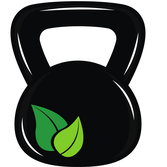

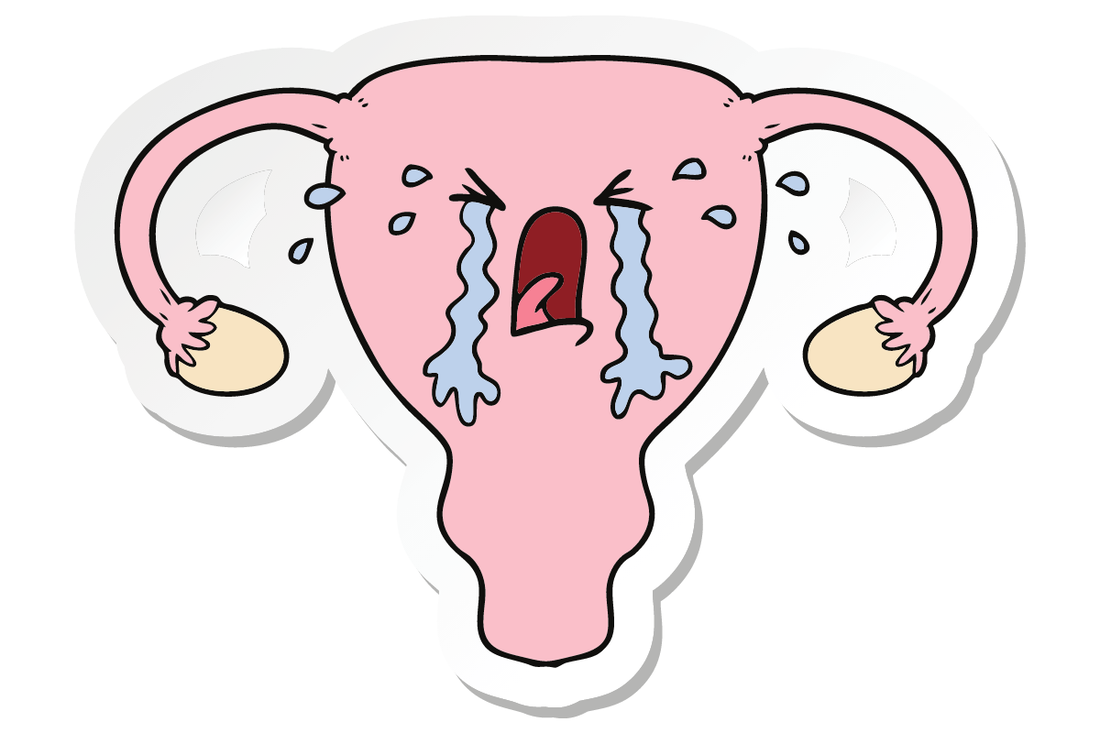


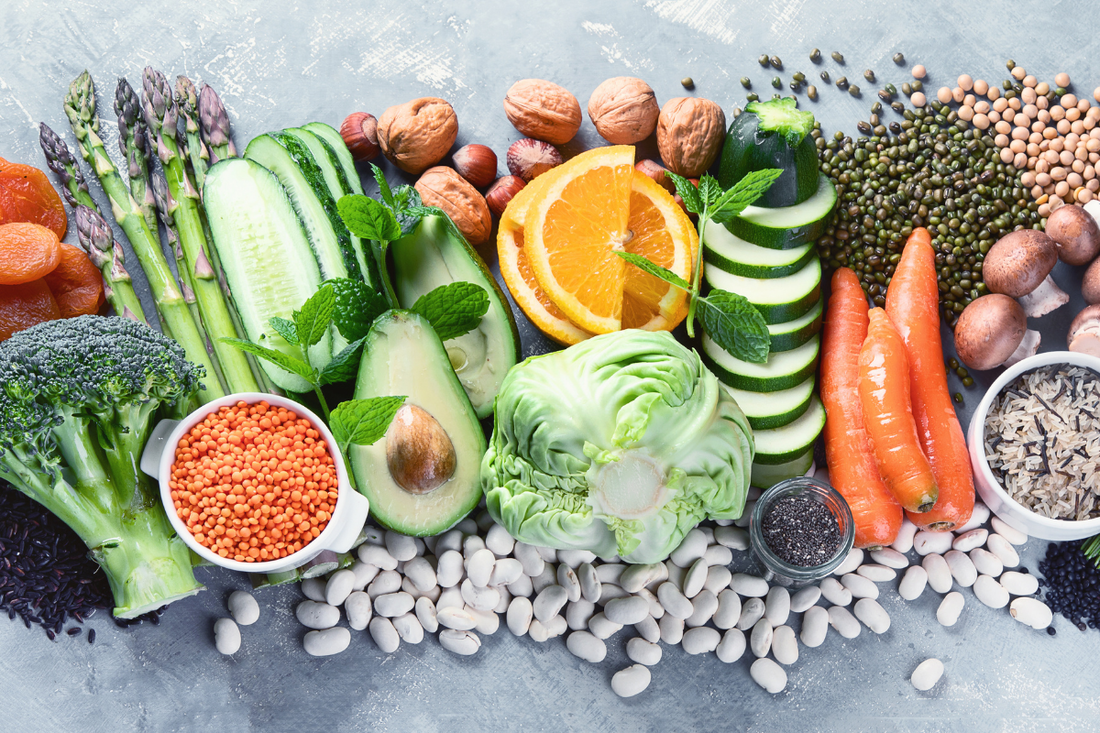
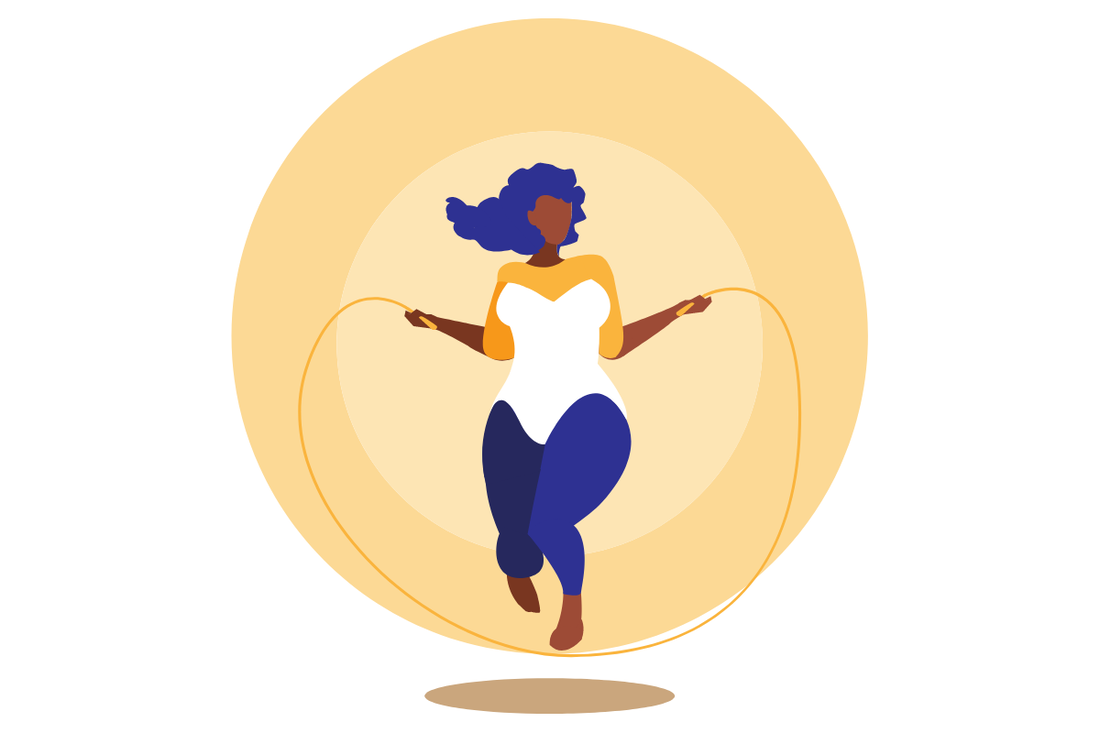
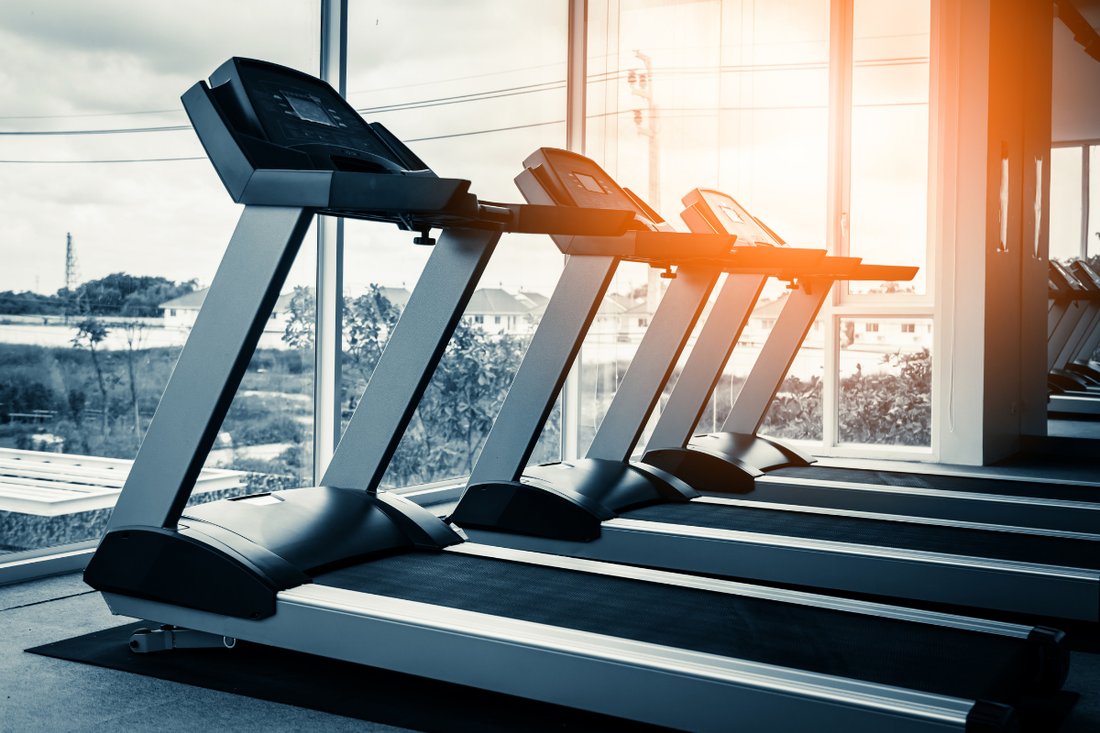

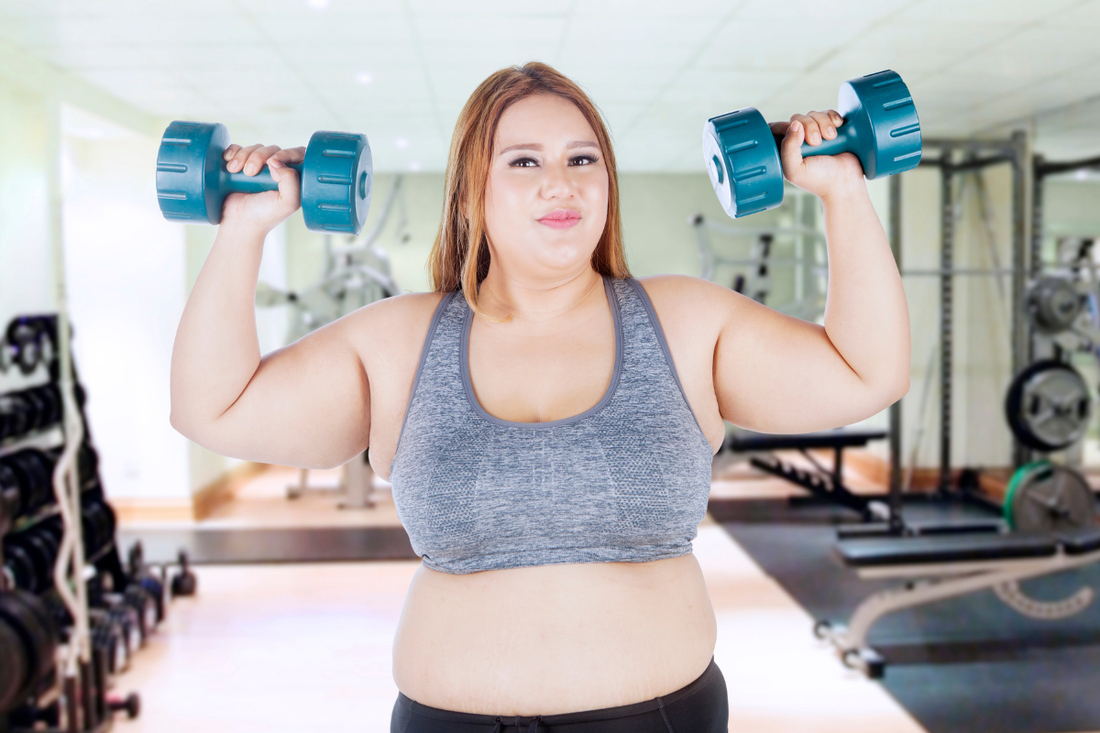

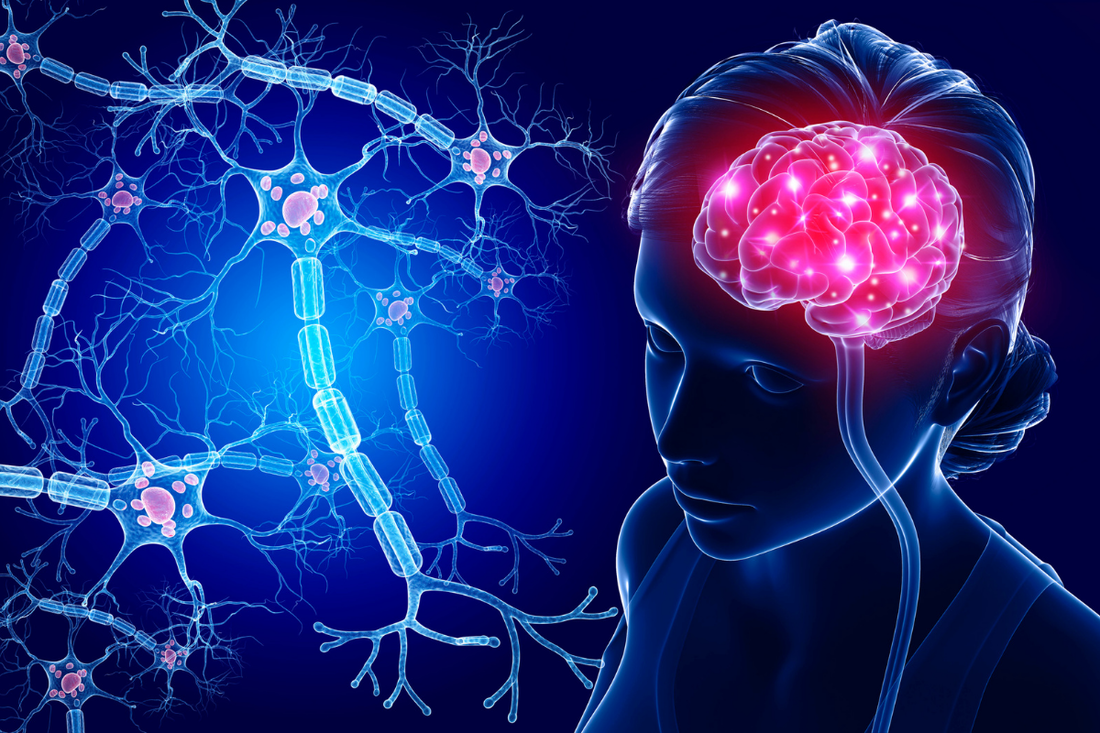
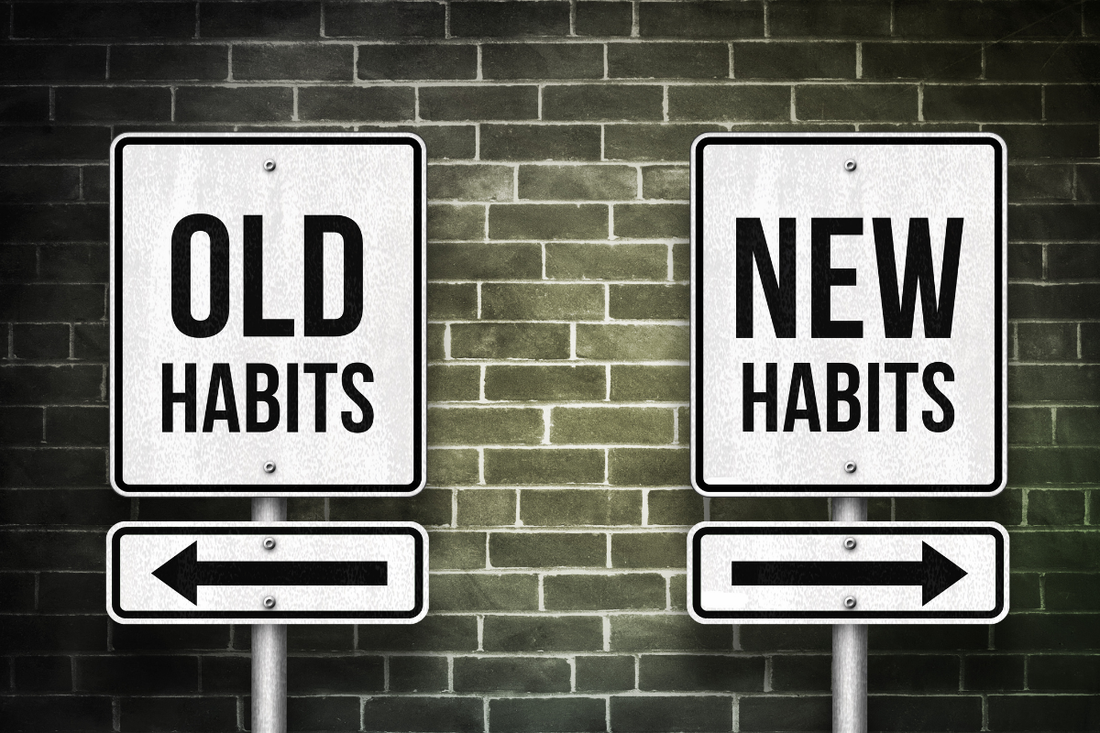



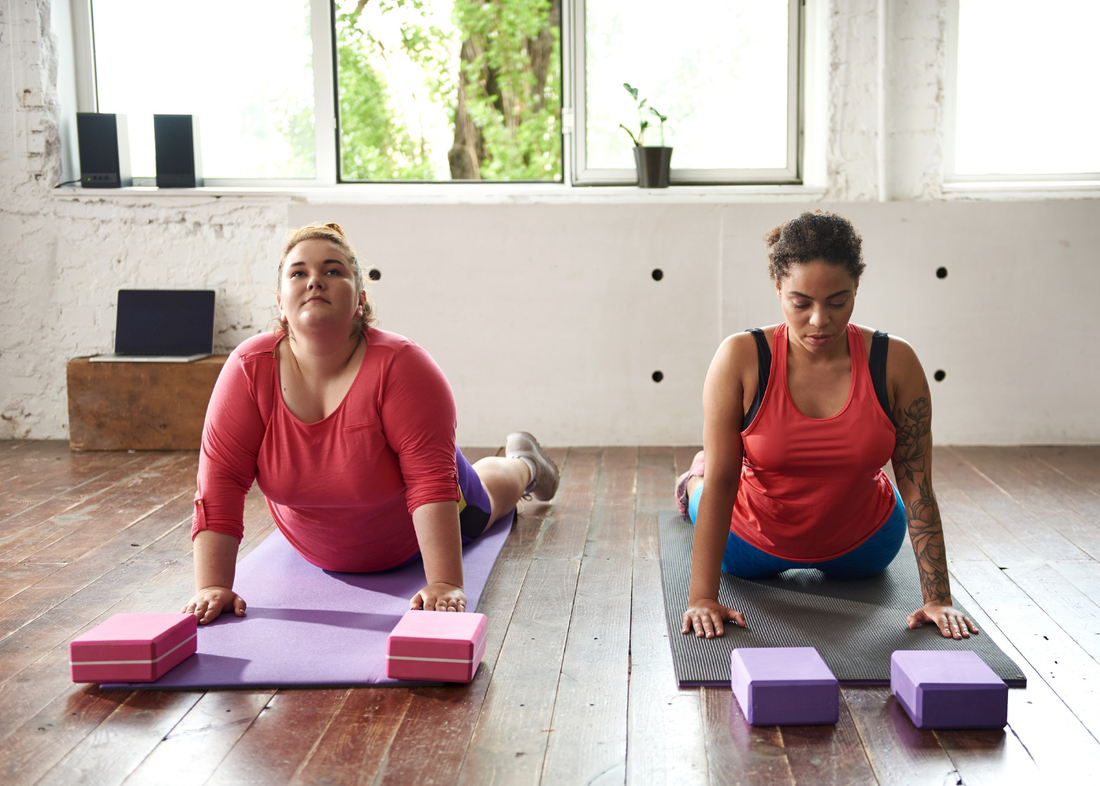
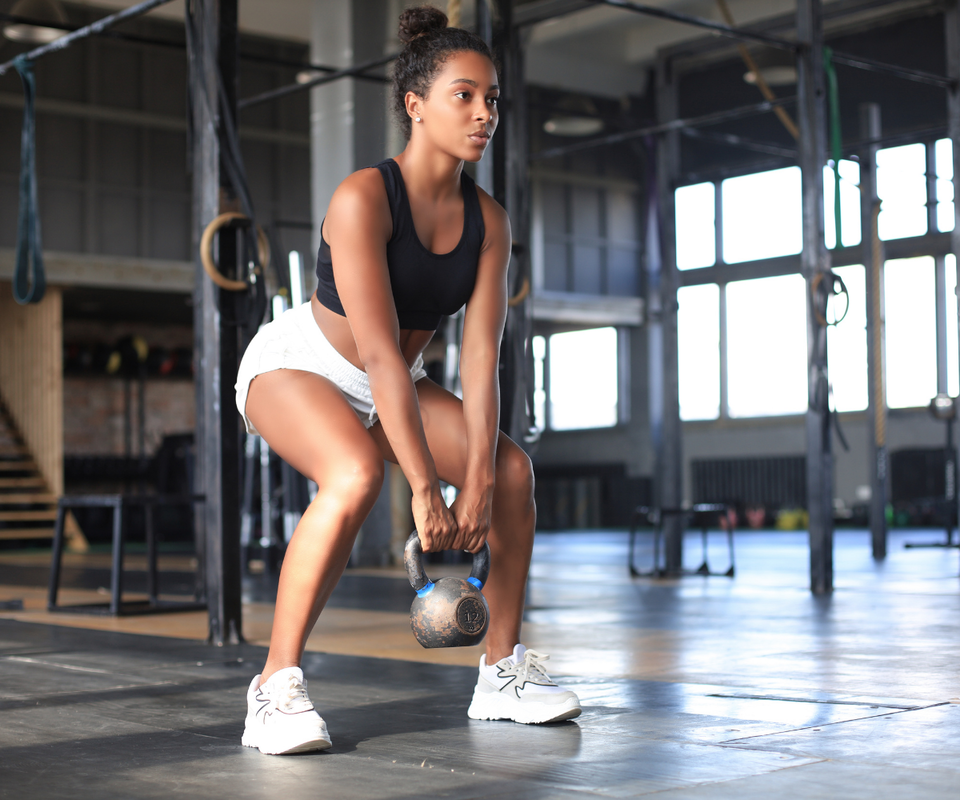
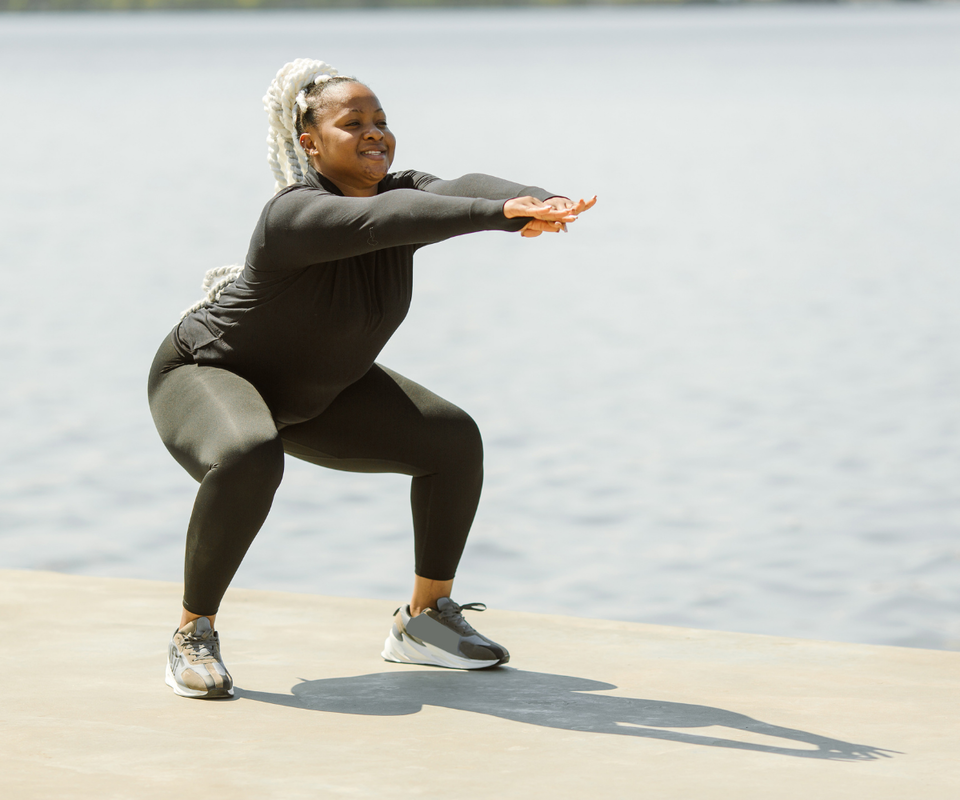
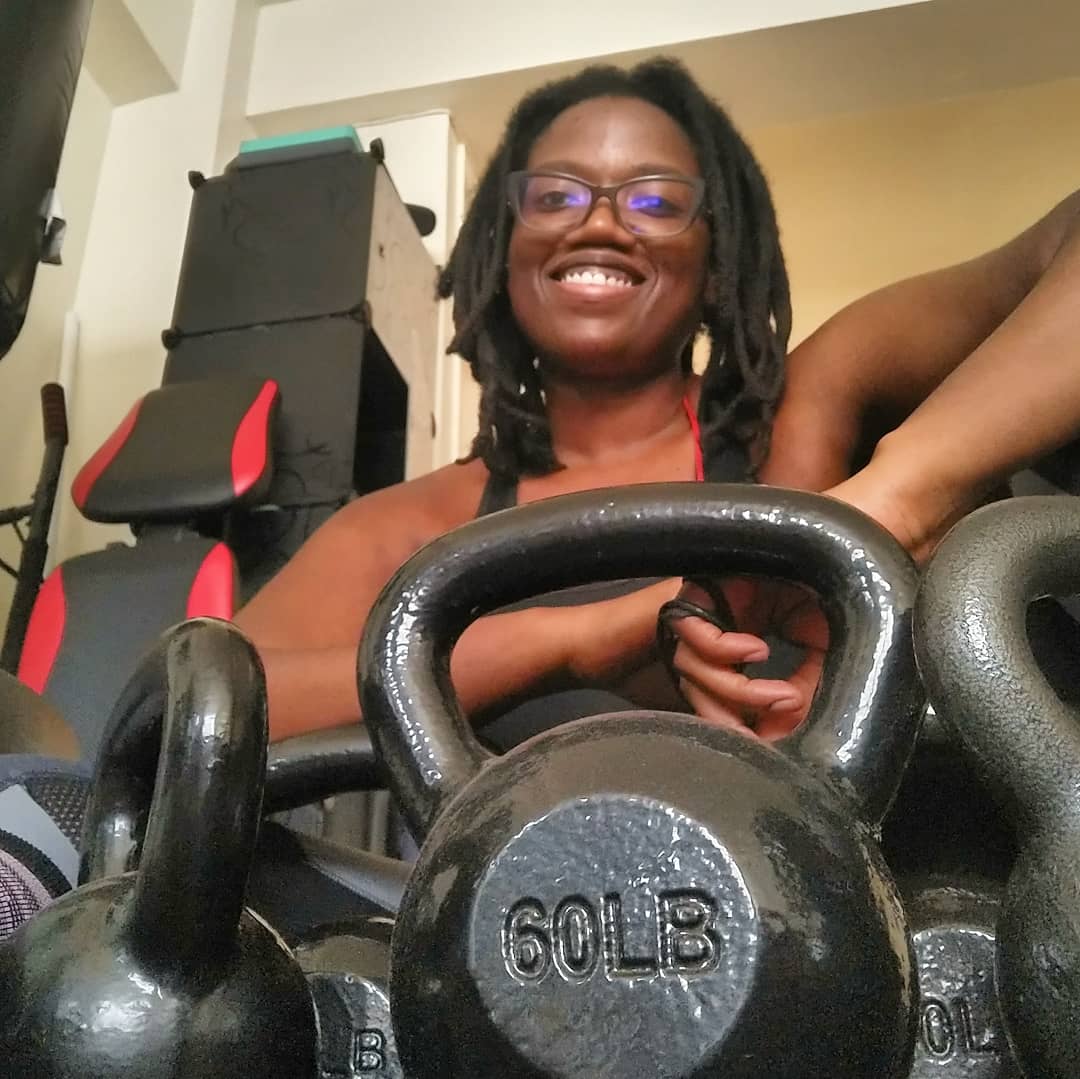
 RSS Feed
RSS Feed
